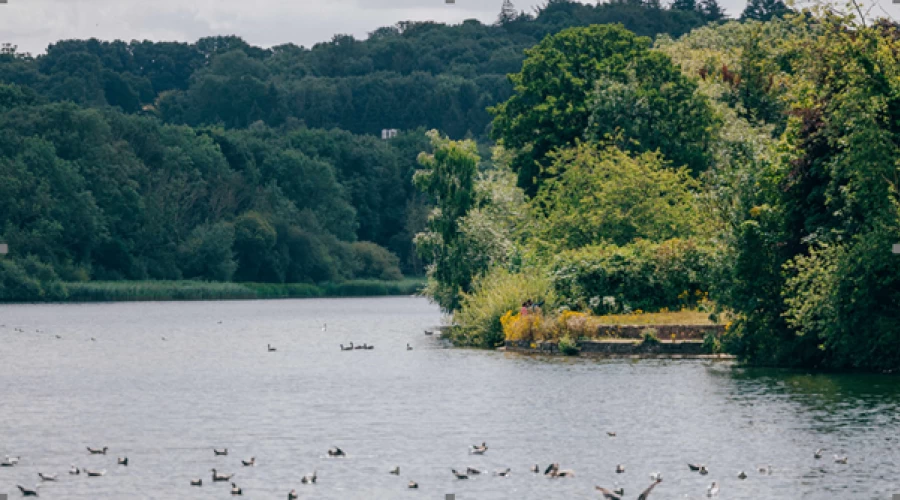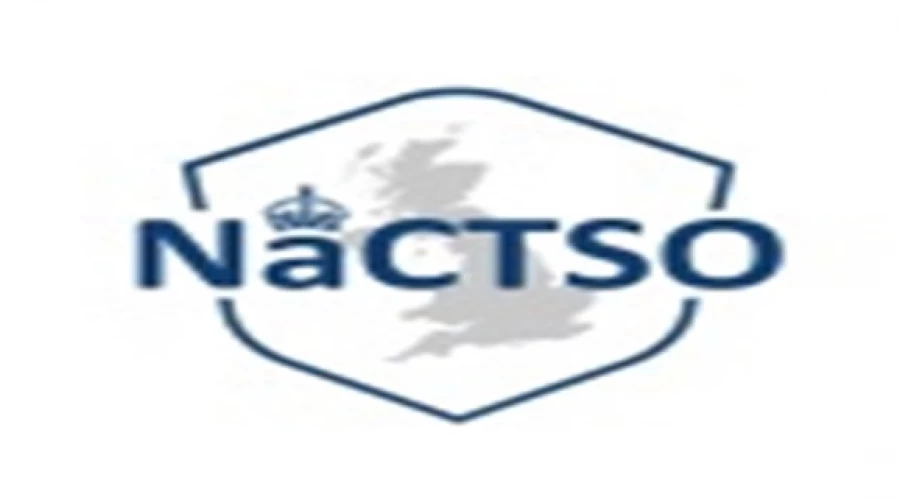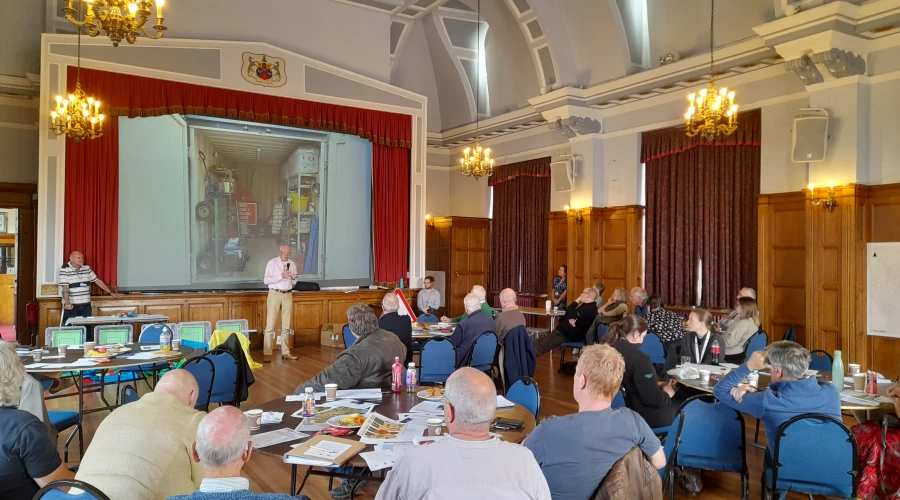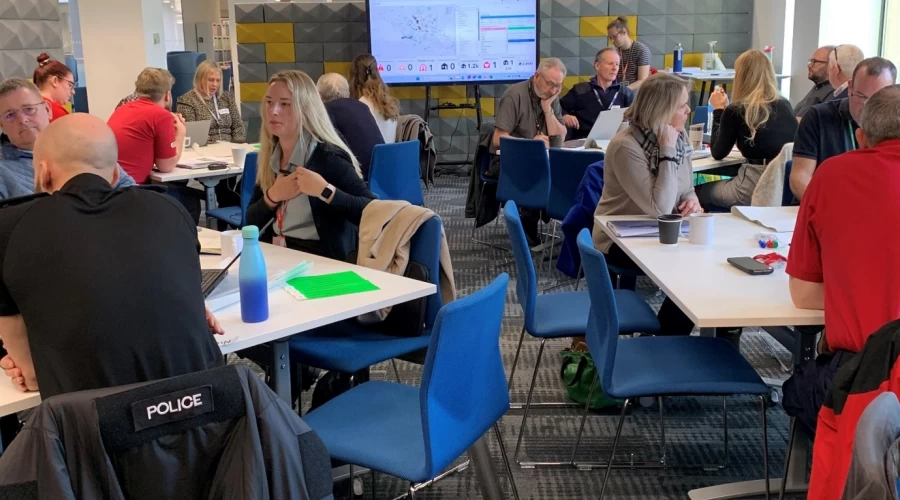Information Officer Role
Key Responsibilities
- Collection of key information.
- Information displayed in effective manner.
- Ensure Situation Board is kept up to date and relevant.
- Ensure an understanding and collation of required information.
- Manage any extra volunteers who will help with information collation/collection.
The Information Officer is vitally important in the hub structure. The aim of this role is to coordinate all information for the hub. This includes all information coming in from the community alongside the information that may come in from the local responding agencies.
They will need to ensure not only that all information is collected but that all relevant matters are displayed to the community. It is up to the volunteer group how this is done, but a common method will be to use display boards in/outside the hub. It may also be relevant to post certain information on community boards, or social media sites if appropriate.
If requests for information are made from responding agencies it is the role of the Information Officer to relay these.
Situation Board
A situation board is vitally important, it can be an easel, a white board, or even some paper stuck the door. Each hub will be provided with large paper pads and pens to use in an incident.
We strongly encourage all communities to utilise the large-scale maps provided of their area. These can be used proactively to stick dots and points of specific interest on. These should be conspicuously displayed to the community.
Information on the boards should include:
- Up to date incident info, e.g., electricity still off and likely to remain so for next 24 hours.
- Known areas of concern e.g., locations flooded.
- State of utilities e.g., drinking water is still usable but may have low pressure.
- Weather reports.
- Anything you don’t know e.g., we are currently awaiting information on the timeline for flood water pumps.
Suggested information board layout:
- Date and Time
- Location
- Summary of what’s happening e.g., flooding in…… due to high rainfall on …..
- Weather/Utility updates
- Our response – what are we doing now e.g., flood wardens out checking drains, tea and coffee available etc.
- Upcoming tasks to be completed e.g., flood signs to be put up on roads entering village.
- Any other relevant information
What information might you want to know?
Think about the information that you’d find most useful:
- Brainstorm with the group what it is you want to know. Then consider how you might find this out.
- Consider if there’s areas of the community you haven’t heard from and how do you contact them?
- Consider what information the multi-agency responders might have that you require and identify how you might get this (remember they may be very busy and unable to pass you the required information quickly).
How to collect information: You might need some help collecting information so consider asking another volunteer to assist you.
Collect information when people arrive: You might need some help with this one. Ask people arriving at the hub:
- Where they came from, what the situation is like where they are.
- What they saw on the way to the hub.
- Do they know of anyone that needs help.
What should you report back to multi-agency organisations if asked (Emergency Contact Hub Situation Report): The best way of presenting information to responders is via the same system they use – shown below, which is known as a METHANE report. It can help you organise your own information.
Related News

Swindon Borough Council - confirmed case of bird flu
>1m read
Swindon Borough Council - confirmed case of bird flu
METHANE Report
| Description | Example | ||
|---|---|---|---|
E (Exact Location) | Where is the incident? Try to be precise, addresses or a what 3-word location is very helpful (what3words /// The simplest way to talk about location). | 2 Lowercroft Drive, Tinsel City BA56 7La Or W3W: burger.umbrella.hose Or 5 houses on East Street, 6 on North side of Forest Road | |
T (Type of Incident) | What is the incident? | Flooding to a number of houses and the village hall. Water has reached the inside of three of the houses and the residents have been evacuated to the church hall (Emergency Contact Hub). | |
H (Hazards Present) | What hazards does it present? | Water very deep and dirty. Covers the main road into the village. Water is pouring off the field and looks to have damaged a telegraph pole. | |
A (Access Points) | How should any responders reach the site? | Village should only be accessed via the North entrance from B4567. | |
N (Number of Casualties) | How many people are injured, or have been evacuated? | No injuries but nine people evacuated of varying ages. Three have nowhere else to go tonight. | |
E (Emergencies Services Required) | What help would you like? | Local Authority to help with housing and signage into the village. Environment Agency are already on the scene with the Fire Service. |
Downloads
Downloads
Information Role
Information Role




